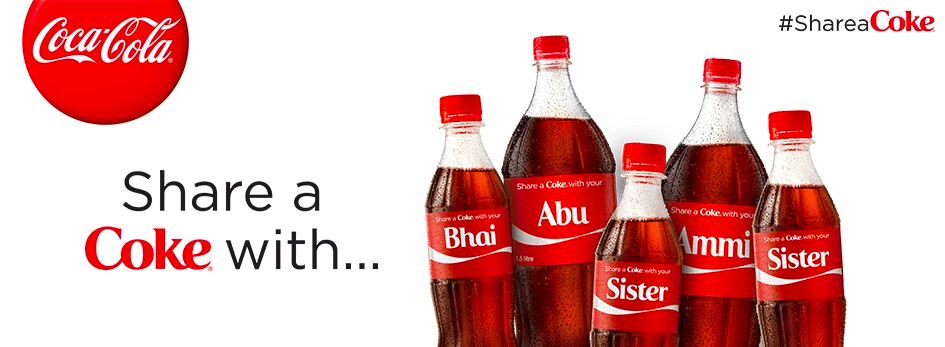Upgrading your digital marketing strategies used to set you apart from your competitors, but now everyone has access to the same target customer like you. This can be a transformative marketing strategy for you if you can target a small group of people from your customer base and use micromarketing strategies. Let’s take a closer look and discover more about it.

The Concept Of Micromarketing And Its Strategies
Customer segmentation based on age, occupation, gender, demographic location, income, and other factors may be familiar to you. All of these are taken into account by micromarketing, which generates a buyer persona, that is a small group of people from your target market.
Micromarketing is a type of marketing that is more focused than the niche marketing that we generally use in our marketing strategy. That is to say, micromarketing is a type of marketing in which you can target clients based on a set of criteria and then connect or convert them.
When you are targeting a smaller group of people, you can personalize and market your business by intensifying the business goals. This will take some time to take off than any mass marketing but it will be worth it. When you are entering a highly competitive market, it can be beneficial for you in terms of cost and result. Rather than targeting a larger number of people, targeting a smaller group can bring more sales. Thus micromarketing can eventually become a more profitable marketing strategy.
It is obvious that your marketing policy will need more resources to reach and convert a small group of target markets. Your pitch needs to be successful among them as you want to reach high converting leads. To benefit your return on investment or ROI, you need to evaluate your investment and time in micromarketing.
Micromarketing vs. Macromarketing: What’s The Difference?
All the marketers often use micromarketing or macromarketing to get the maximum ROI from their business. Let’s go through some of the main differences between these two types of marketing strategies below:
Market Types For Micromarketing & Macromarketing
As mentioned above, the targeted market for micromarketing is small and concentrated. On the other hand, micromarketing has a broad range of target markets. This is denoted as mass marketing as well. While in macromarketing, every aspect of marketing strategy is handled in a holistic manner, micromarketing is focused on individual steps initially.

Cost Criteria For Micromarketing & Macromarketing
When we take the concern for cost criteria for these two types of marketing, micromarketing is more cost-effective than macromarketing. Even though these types can vary based on the niche of your business as well, micromarketing can save you a lot of expenses. Micro marketing can refer to anything from a specific manufacturing process to a company’s core operations. Macro marketing, on the other hand, is concerned with how the manufacturing process is related to the customer and buying behavior on a global scale.
Market Networking For Micromarket & Macromarket
Market networking is important for any type of business because if you can create returning customers, it will benefit you in the long run. In a micromarketing strategy, you get to create long-term relationships with your customers at the initial stages. This method aims to increase repeat sales by cultivating brand loyalty at the individual level. But on the other hand, with a macromarketing strategy, you get to guarantee that your goods and services are being delivered to the broader mass community.
The macro marketing strategy focuses on developing a network of communities rather than creating a personalized network. This allows the company to focus on selling and delivering things to a huge number of individuals rather than building long-term connections.
How To Create Micromarketing Strategies For Your Business
As we are talking about micromarketing strategy and its use cases, you must consider the tactics of establishing micromarketing. Let’s go through some of the basic strategy-building processes below:
Create A Certain Buyer Persona
The first and foremost step of implementing these marketing strategies is to create an ideal buyer persona for the business. This step is important as you are going granular level to run your marketing. Buyer personas, which reflect an average ideal consumer for your various audiences, should already be in place. Combining those personas and turning them into niche buyer personas can help you better understand the niche market’s behavior, demographics, interests, and personality.
Plan Specifics Of Micromarketing Campaigns
When you are done deciding on a certain buyer persona, you need to work with specifics of micromarketing campaigns. You’ll need to jot down what kind of micromarketing strategies can be applicable to your business and decide on the content. Of course, there are many ways to approach different personas with different marketing strategies.
For example Ads, social media, video, email, seasonal offers, and so on. All your audiences will react differently to different marketing approaches in different touchpoints of your marketing campaigns, so making sure you’ve previously mapped those responses in your buyer personas will assist you to get the outcomes you want.
Campaign Execution and Analysis
It’s time to put the campaign’s steps into action once you’ve decided on them. If this is your first micro marketing campaign, keep a close check on the results and be prepared to highlight any places where you didn’t get the anticipated goals. Micromarketing necessitates a thorough understanding of your target audiences and the development of messaging that will resonate with them. If you come up short even little, you risk losing the opportunity for a personal connection and greater sales. The best way to approach each campaign is to analyze your outcomes and make a plan to improve.
Micromarketing Examples From Different Top Brands
Micromarketing isn’t just a tactic used by businesses that don’t want to spend a fortune on the kinds of advertising and campaigns that micromarketing requires. It can be used by even the most well-known brands to engage with and sell to narrow niches of their customers. Let’s explore some of the real-life examples that use it in their marketing strategies.
‘Share A Coke’ Strategy By Coca-Cola
Coca-Cola’s “Share a Coke” promotion began in Australia and has already spread to more than 70 nations. If you haven’t seen a name on a Coke bottle before, here’s the deal: an Australian marketing team chose 150 of the country’s most famous names and imprinted them on Coke cans with the instruction to “share the Coke” with relatives and friends. The project is an excellent example of micromarketing in action. By identifying a collection of names that are most prevalent in that location, Coca-Cola is able to engage with consumers in certain places.

Location-Based Marketing By Uber
As the ride-sharing company Uber expanded into new states all over the world, it used precise geographical data and typical traffic problems to build tailored advertising that addressed those concerns and offered Uber’s services as a solution. And also this produced excellent outcomes, but it also gave the impression that the corporation was addressing community concerns on a regional scale.
Sports-Based Marketing By Red Bull
Red Bull is one of the leading energy drink companies in the world that runs their micromarketing strategy focusing on sports-related customers. Red Bull is able to target a specific demographic of the young generation while simultaneously establishing a reputation as a sponsor of extreme events by focusing marketing dollars and sponsorships on extreme sports. Over time it has become a synonymous name for sport-related essential beverages.
If you find this blog useful enough to learn more about micromarketing and how you can create strategies using this approach in detail, subscribe to our blog to read more blogs like this. From real-life examples from renowned brands, you have also gained knowledge about how to implement strategies related to micromarketing.







